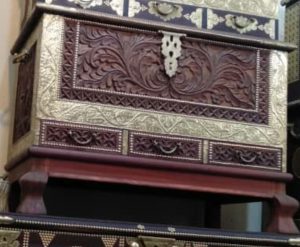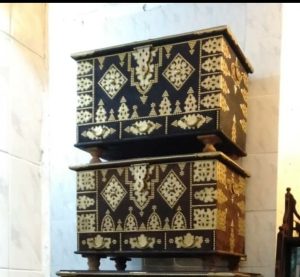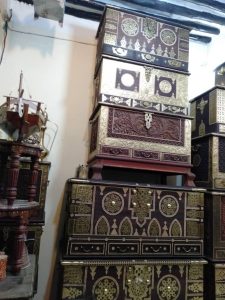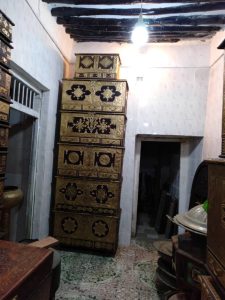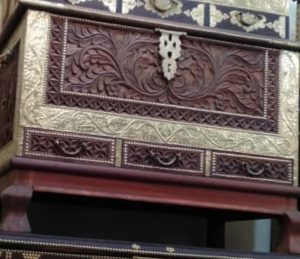ZANZIBARIAN CHESTS
What is chest & trunk history?
From the earliest days, humans have furnished their dwellings with the items they needed to survive and over the centuries the wooden chest, storage boxes and trunks have become the most common furniture in the home.
Over time the simple storage chest has evolved into different styles and been modified for other uses: wooden boxes, storage chests, tool chests, treasure chests, blanket boxes and steamer trunks. Wooden chests and trunks have become the most useful, and most versatile piece in furniture’s history.
What is the difference between a wooden chest and a trunk?
As long ago as 3,000 years ago the Egyptians had already developed advanced methods for building boxes and wooden chests with dovetail joints, including their ceremonial and burial sarcophagi with incredible carving, metalwork, inlaid jewelery, and gilding. Even the poorest Egyptians would have used reed wooden chests to store things.
The designs of wooden chests and trunks were heavily influenced by their intended use.
Designs without feet or legs were easier for travelling, especially by cart or wagon. Designs of trunks and chests with legs were much better for use as a storage chest and kept their contents cleaner and with the addition of herbs were able to keep linen and clothes freer from lice and moths.
Wooden storage chests usually had flat lids, which would make them more useful as furniture for seating or other purposes and travelling wooden chests were often covered in waxed leather to improve their weather resistance.
Oak was the favourite material for medieval wooden chests whilst walnut was another common wood for wooden chests in France, but not in England. Wooden chests were sometimes made of poplar or pine, and several softwood wooden chests survive in what is now Germany.
Therefore, Zandoors take the opportunity from the earliest design of chests and trunks to the modern designs to provide the best.

